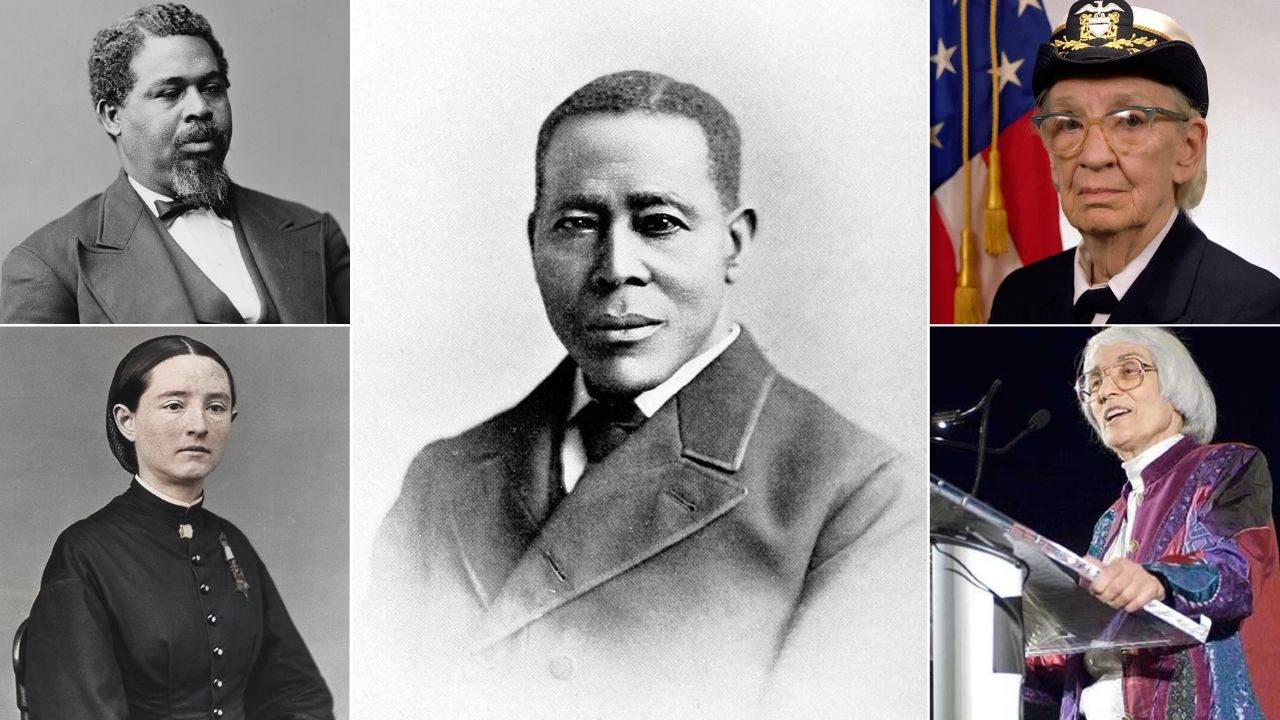Ancient law codes look rigid now, but they reveal how people managed danger, property, and reputation with the tools they had. Many rules tied penalties to status, family, or trade instead of equal rights. Others limited funerals, dress, or food to signal order in crowded cities. These eleven examples include dated codes and known practices from Mesopotamia to Mesoamerica. Each shows a real rule, why it existed, and what replaced it. Read them as mile markers toward today’s ideas about evidence, consent, and proportional justice.
1. Hammurabi’s “eye for an eye” and the builder rule
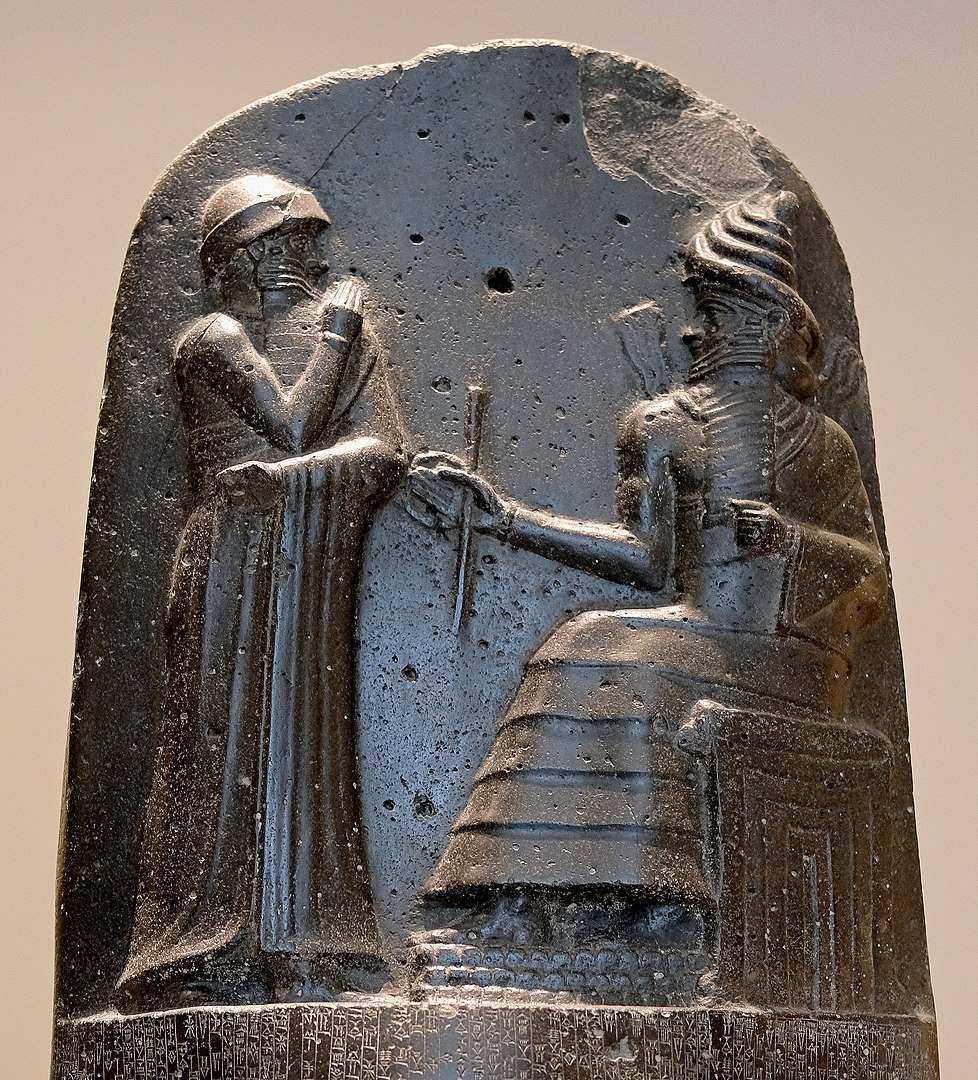
Babylon’s Code of Hammurabi (circa 1750 BCE) set talion for injuries and held builders criminally liable for collapse. If a new house fell and killed the owner, the builder could be executed. If it killed a child, the builder’s child could be punished. Severe by modern standards, the rule tried to push quality in a fast-growing city of mud brick walls and timber roofs. Today we use inspections, written warranties, and civil liability to enforce safety instead of kin-based retaliation.
2. Middle Assyrian veiling rules
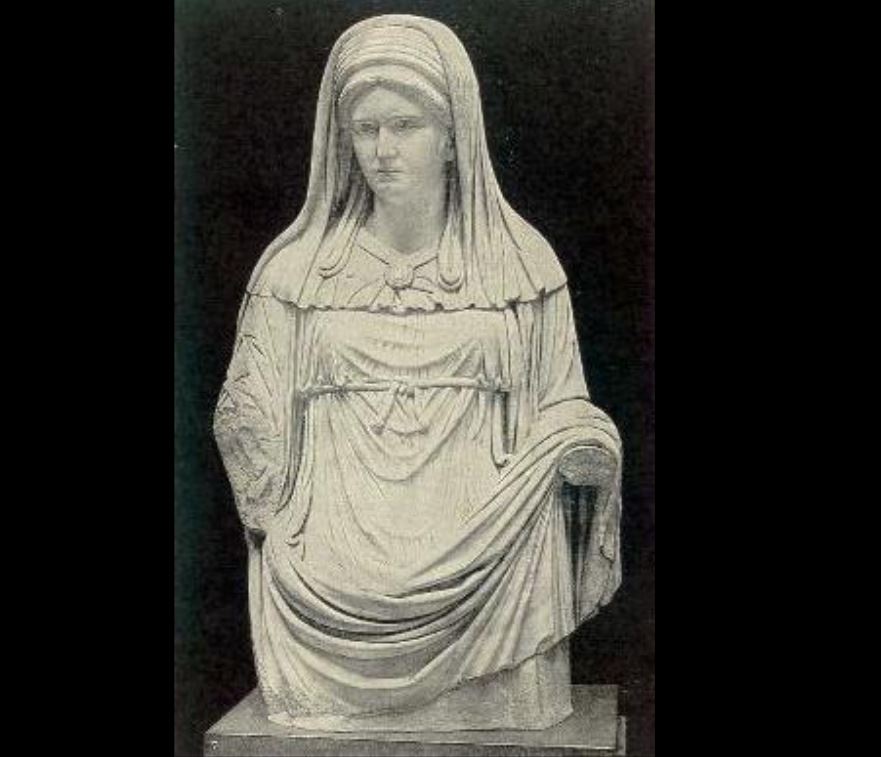
The Middle Assyrian Laws (second millennium BCE) ordered married or high status women to veil in public while forbidding slaves and prostitutes to do so. Violations brought beatings, tar on the head, or worse. The goal was visible status control in marketplaces where strangers met. Modern law avoids dress codes tied to legal rank and protects movement without branding people by class. The Assyrian rule shows how societies once wrote hierarchy into clothing instead of using universal identification and equal public access.
3. Draco’s death for minor thefts

Athens around 621 BCE famously used Draco’s code, which assigned death to a wide range of offenses, including small thefts. The logic was deterrence in a period of clan feuds and weak policing. Public outrage and practical needs later pushed reforms by Solon, who replaced many capital penalties with fines and jury trials. The shift from automatic death to measured sanctions marks a step toward proportional justice and civic courts that weigh evidence rather than applying a single extreme outcome.
4. Sparta’s “steal, but do not get caught” training
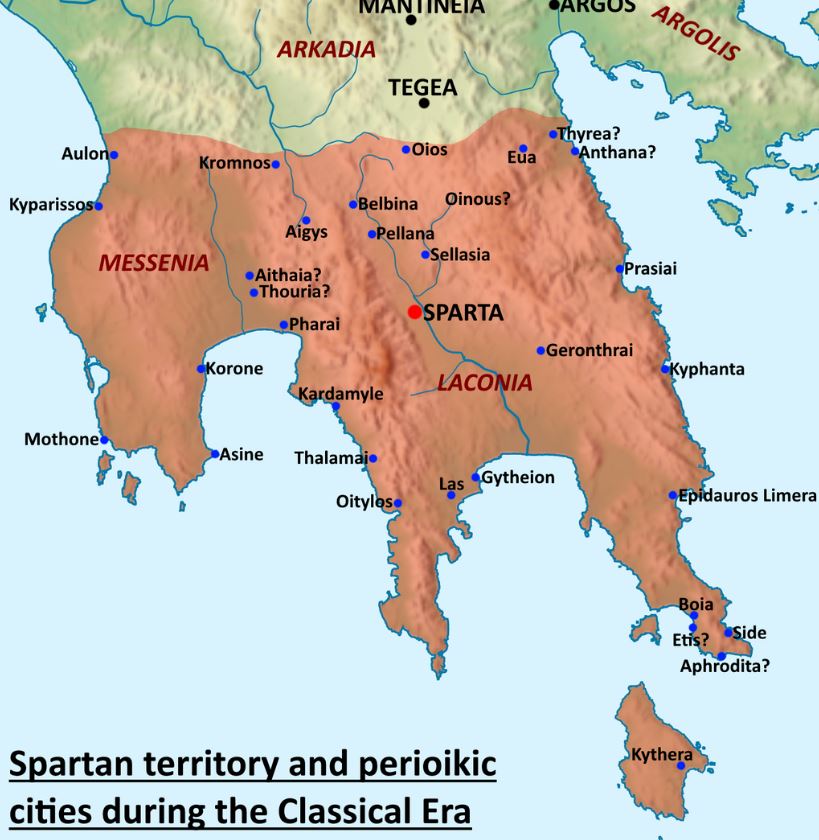
Spartan boys in the agoge were encouraged to steal food to learn stealth and survival, yet they were whipped if caught. The rule trained scouts and soldiers to live off hostile lands without supply trains. It also reinforced obedience to group discipline. Modern militaries teach fieldcraft with controlled exercises, not permission to rob neighbors. The Spartan practice shows how a city shaped behavior through public pain and praise, trading personal rights for a constant state mission focused on war readiness.
5. Rome’s Twelve Tables on funerals and family power

The Twelve Tables (mid fifth century BCE) limited funerals with rules like no excessive wailing and no gold buried with the dead except for dental uses. Early Roman fathers also held legal power to accept or reject newborns, and debt bondage existed until later reforms. These rules managed crowding, costs, and household control in a city without social services. Modern law separates grief from spending rules and protects infants and debtors. The Roman blend of thrift and patriarchy reads starkly different today.
6. Qin China’s collective responsibility
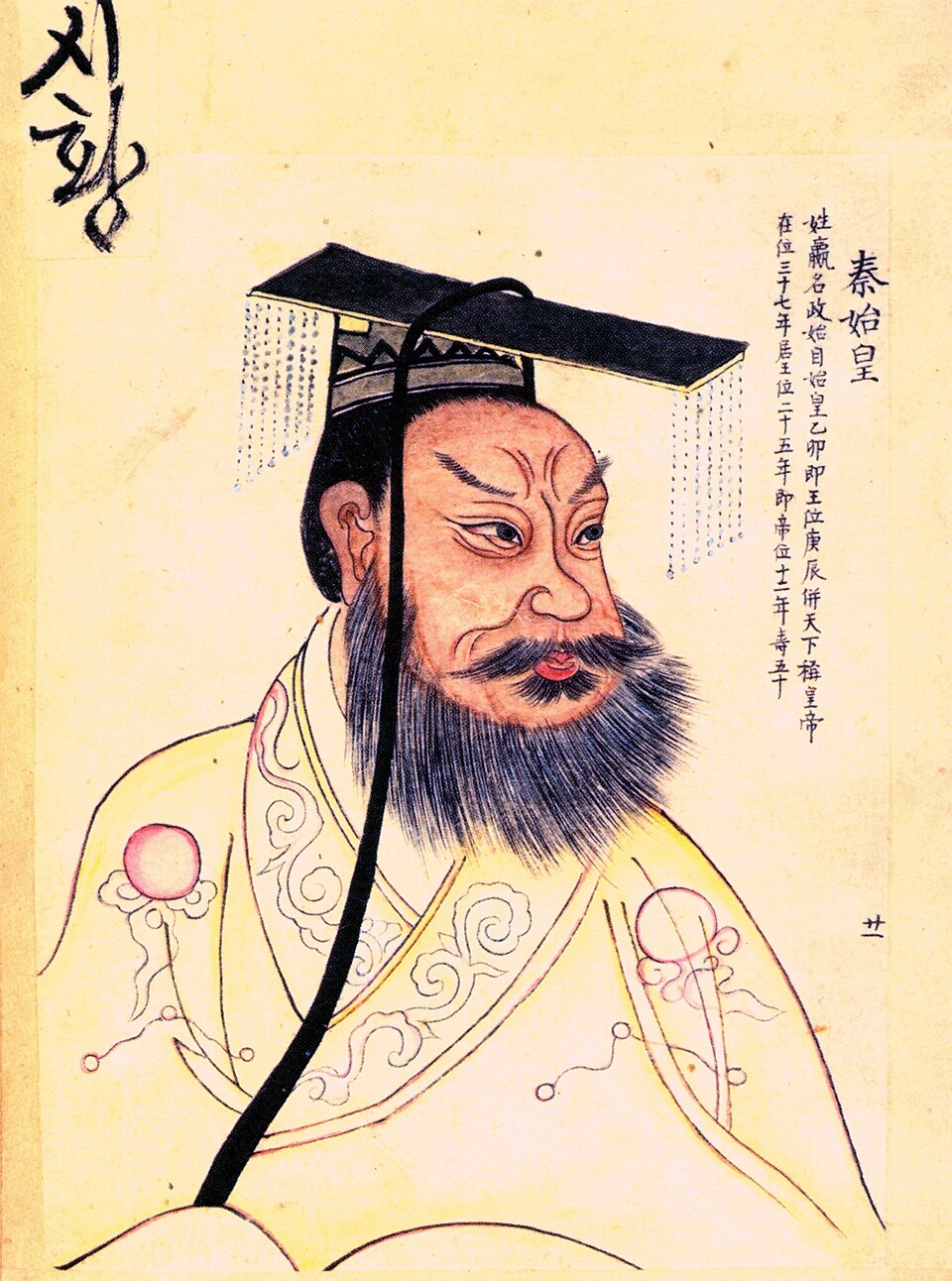
Under the Qin (third century BCE), Legalist statutes punished families and neighbors who failed to report crimes. Groups registered together and could share penalties for one member’s offense. The goal was detection through fear when the empire unified weights, writing, and roads. Today, policing relies on warrants, individual guilt, and due process. Collective punishment has become a human rights red line. The Qin method shows a state trading fairness for speed, an approach later dynasties moderated with graded penalties.
7. Hittite fines for almost everything

The Hittite Laws (second millennium BCE) often priced injuries and property damage instead of using death. Breaking a nose, stealing livestock, or even odd nuisances could require specific silver amounts or restitution in kind. To modern teens, the price list feels strange, but it reflects a world where coin or grain settled conflict faster than blood feud. Over time, written schedules evolved into civil codes and insurance tables. What changed is equal valuation and court oversight rather than status based bargaining.
8. Egypt’s harsh tomb robbery penalties

New Kingdom Egypt recorded trials of tomb thieves in papyri that list beatings, amputations, and forced labor for looting royal burials. With kings buried alongside gold and ritual goods, the state treated theft as an attack on divine order and national wealth. Work gangs and scribes documented confessions and sentences. Modern museum ethics, alarmed sites, and criminal courts now protect heritage with evidence rules and restitution, not bodily penalties. The scale of ancient grave wealth made deterrence the center of policy.
9. Inca labor tax instead of money

The Inca Empire ran on mit’a, a rotating public labor obligation that built roads, terraces, and storehouses instead of paying cash tax. Families contributed workers by schedule, and officials tracked units by knotted cords called quipu. Refusal brought punishment or reassignment. To us, compulsory labor reads extreme, but it funded food security and rapid building in a money-poor highland empire. Modern states tax income or sales and hire crews, separating citizenship from mandatory work details managed by local chiefs.
10. Aztec sumptuary rules on clothes and colors
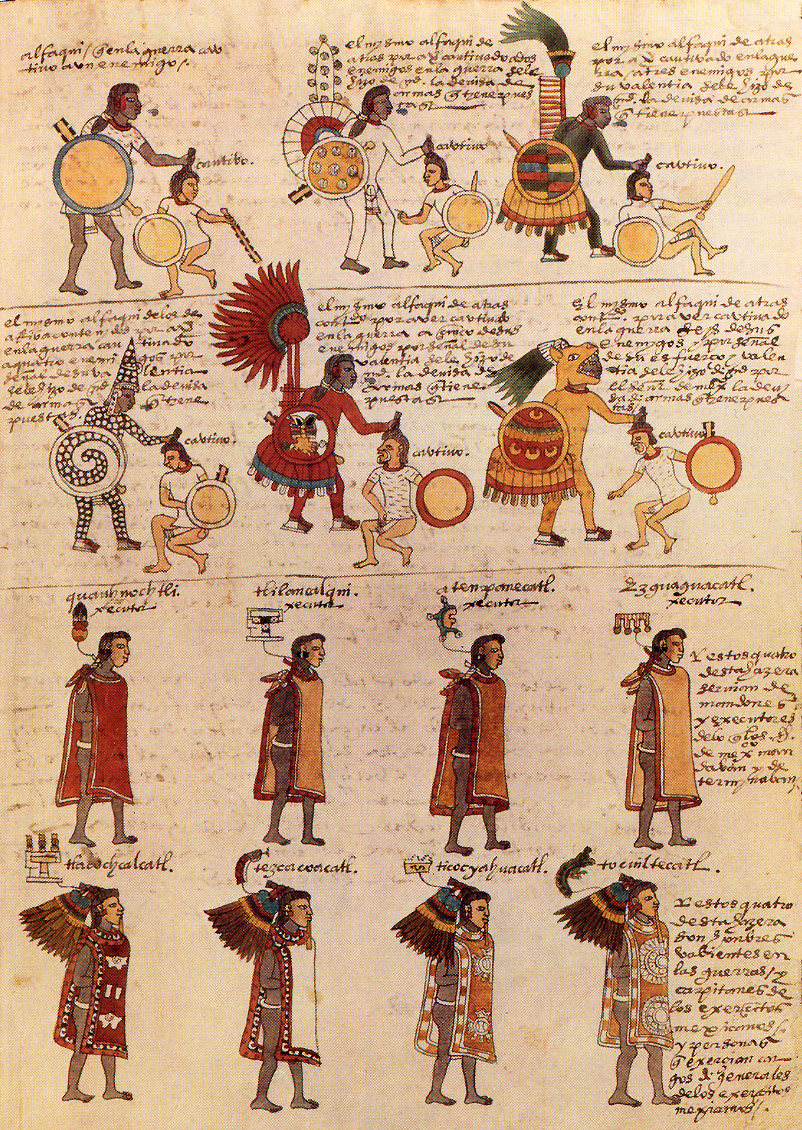
Aztec law limited who could wear cotton, feather capes, or certain colors. Commoners used maguey cloth, while nobles and elite merchants could display rare dyes and plumes. The rules made status visible in crowded markets and processions. Violations risked fines or worse. Today, dress is personal expression with narrow safety exceptions. We regulate labeling and origin claims, not color by class. The old sumptuary system shows how governments once fixed social rank in fabric instead of opening mobility by skill.
11. India’s Manusmriti on caste and conduct
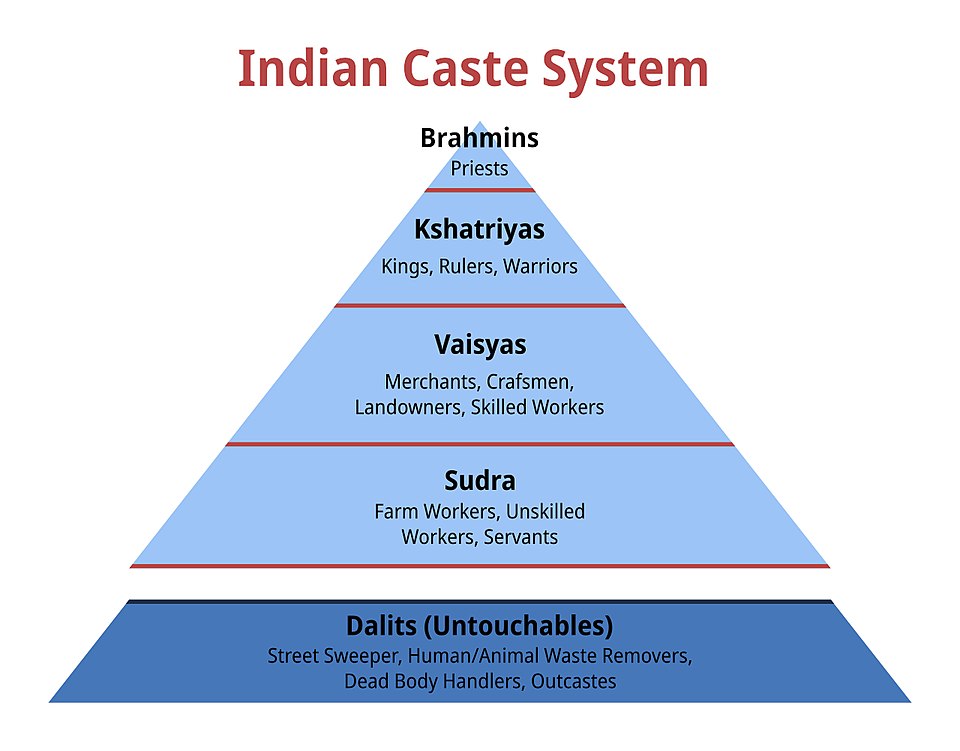
The Manusmriti, compiled in the first centuries CE, set duties and penalties by caste and gender, prescribing different fines and restrictions for similar acts. It shaped later debates on social order, even as practice varied by region. Modern Indian law rejects caste based penalties and enforces equal citizenship, while activists still fight discrimination in daily life. The text shows how early legal thought mixed ritual status with crime and contract. Today’s constitutions aim for one standard of rights across communities.


